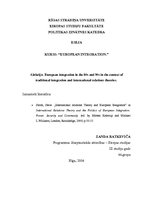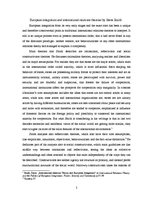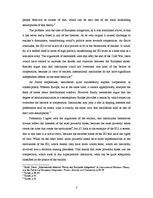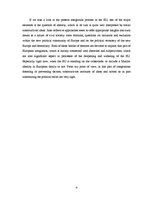-
European Integration in the 80s and 90s in the Context of Traditional Integration and International Relations Theories
Szint:
Főiskola/egyetem
Irodalom:
1 egység
Referenciák:
Használatban
Küldés e-mailben
Az Ön neve:
Adja meg az e-mail-címet, amelyen meg szeretné kapni a linket:
Üdv!
{Your name} szerint érdemes lehet megtekinteni ezt a dokumentumot az eKönyvtárban „European Integration in the 80s and 90s in the Context of Traditional Integration and International Relations Theories”.
A dokumentumra mutató link:
https://www.ekonyvtar.eu/w/727147
A dokumentumra mutató link:
https://www.ekonyvtar.eu/w/727147
E-mail elküldve




